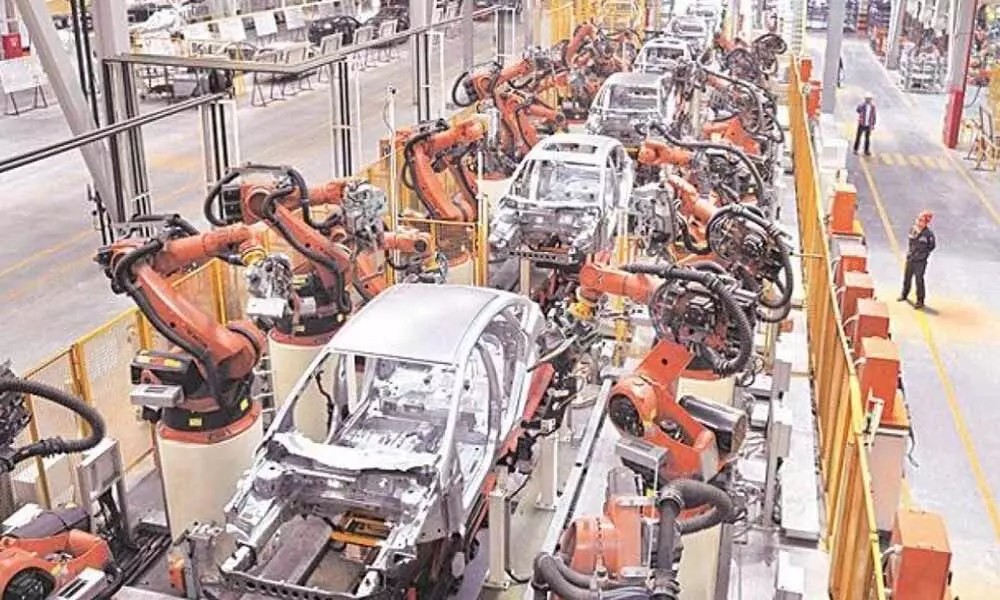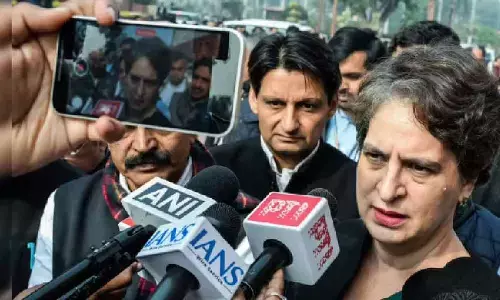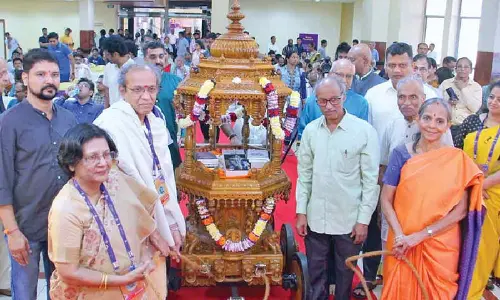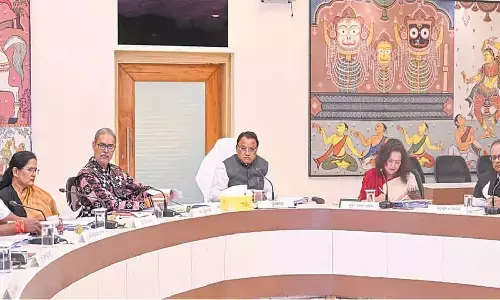Govt. Approves PLI Scheme Auto Industry

The PLI scheme was very much awaited and would help in boosting production of new age vehicles which are cleaner as well as environment friendly.
- The Government’s Productivity linked incentive (PLI) scheme for auto as well as auto component is all set to disrupt the industry in a very big way.
- PLI may witness rapid adoption by the EV segment; especially 2 wheelers as well as incumbents would have to step up.
Large Auto players such as Hyundai, Tata Motors, Maruti Suzuki, all these companies have already began studying production plan, thus keeping in mind the PLI Scheme.
The Government's Productivity linked incentive (PLI) scheme for auto as well as auto component is all set to disrupt the industry in a very big way, thus pushing the existing large players in order to open their game plan on electric vehicle and vehicles made using newer technologies while bringing in numerous newer players into the fray while competing for a share of expanded market.
We find not only big players but even several small players as well as start-ups, who have recently started their journey in the EV space, They have also started discussion in order to push production in line with the PLI Scheme.
The Government support for newer Technologies as well as EV would continue. Post Fame II as well as PMP would further unleash the potential for EVs in 2 as well as 3 wheelers. Both PVs as well as CVs would have to wait until they receive viability from a Total Cost of Ownership(TCO) perspective. We find, automotive component companies have witnessed further improvement in cost competiveness and would help position India, our nation as an export hub, stated Hemal Thakkar, Director, CRISIL Research.
Another Analysis is also done by Kotak Institutional Equities that the PLI scheme may witness rapid adoption by the EV segment, especially the 2 wheelers as well as incumbents would require to step up. For auto component manufacturers, the government would offer incentives in the range of nearing to 8 to 13% with additional 5 % incentive manufacturers of battery cell as well as hydrogen fuel cell components.
PLI may witness rapid adoption by the EV segment; especially 2 wheelers as well as incumbents would have to step up. For auto component manufacturers, the government would offer incentives in the range of 8 to 13% having additional incentive for manufacturers of battery cell as well as hydrogen fuel cell components.
The key beneficiaries in the auto component space would be mostly global MNC's such as Bosch, Continental Delphi Automotive, Denso Corporation. When it comes to coverage universe, these companies tend to benefit, Mindal Industries, Endurance Technologies, Varroc Engineering and Schaeffler India, the brokerage stated.
We find, even the commercial segment is also steering the opportunity provided under the PLI scheme with interest. Auto is one of the most important sectors contributing to 7.1% of our GDP and employs about 37 million people directly as well as indirectly. The above sector has been under the stress, thus even before the CO and then subsequently it has been hit hard due to chip shortage. According to CRICIL overall capacity utilisation rate at the 4 wheeler makers it has dropped about 50 to 55% at the end of FY21 from 70 to 75% in FY1. The future of the industry would be driven by varied new technologies and it is here, that PLI would be pushed manufacturing would come to aid.
The PLI scheme was very much awaited and would help in boosting production of new age vehicles which are cleaner as well as environment friendly. It would also help in boosting additional capacity for safety related to high tech components which tends to be very critical offered the high number of road accidents in the nation, stated Rajeev Singh, partner as well as Automotive Leader. Deloitte India.
The Indian Government on Wednesday has approved the PLI scheme for the auto industry having outlay of Rs. 26,400 crore which has been decreased from the initial outlay of Rs. 57,000 crore. This present PLI scheme has been targeted so that to enable India to leapfrog to EVs as well as incentivize the emergence of an advance automotive technologies supply chain in our nation. The PLI scheme for the auto sector is open to existing automotive companies as well as new investors who are presently not in the automobile or auto component manufacturing business.
The scheme has got 2 components, viz Champion OEM incentive scheme, sales value linked scheme, is applicable on BEVs on hydrogen fuel cell vehicles of all segments as well as component champion incentive scheme, sales valued linked scheme, this one is applicable on advanced automotive technology components of 2 wheelers, 3 wheelers as well as passenger vehicles, commercial vehicles and tractors.
The above scheme would be effective from FY2023 for about 5 years and the base year for the eligibility criteria may be FY2020. A total of 10 OEMs, 50 auto component makers as well as 5 new non automotive investors would benefit from the scheme. To avail this scheme, OEMs must have about 10,000 crore minimum in revenue and Rs. 3,000 crore in investment in fixed assets, auto components makers might have minimum revenue for about Rs.500 crore and Rs. 150 crore investment in fixed assets.
The new non-automotive investors tend to have a global net worth of Rs. 1,000 and a clear business plan for investment in advanced automotive technologies in order to be eligible under PLI scheme. The incentive under the auto PLI scheme would range from 8 to 13 %, having additional 5% incentive for electric as well as hydrogen fuel cell vehicles.

















